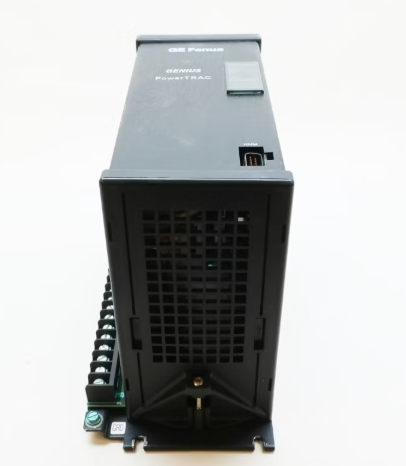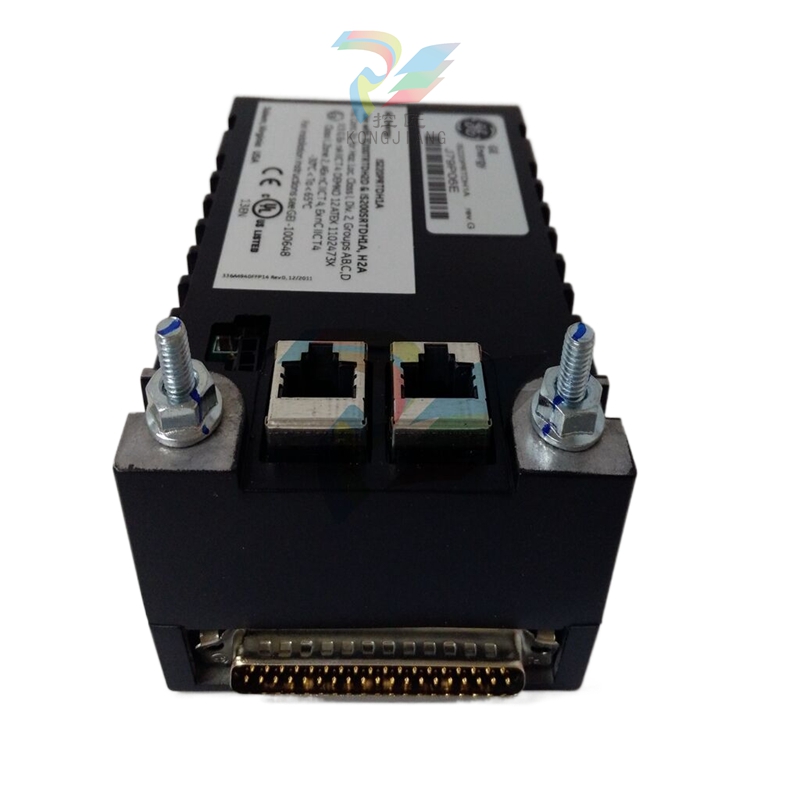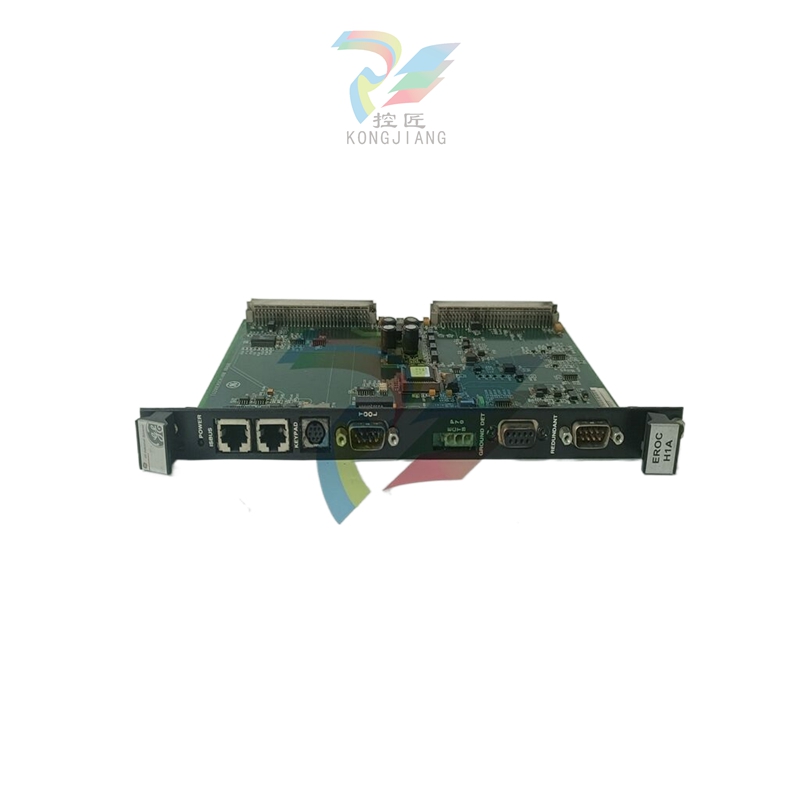Challenges and countermeasures of high-quality development of nuclear energy under the background of "dual carbon"
Nuclear energy has the characteristics of clean and low carbon, stable output, low marginal cost, and the development of coastal nuclear power deployment and China's economic layout in depth, is the energy supply side, especially the new non-fossil energy is the most expected to take into account the "low carbon, economic, security" triangle of energy forms, can replace fossil energy through large-scale development, And form strong complementary development with new energy. This paper takes the "dual carbon" goal (carbon peak, carbon neutral) and "two constructs" (building a clean, low-carbon, safe and efficient energy system, building a new power system with new energy as the main body) as the criterion, and summarizes the challenges and countermeasures of nuclear energy under the future "dual carbon" strategic goal, in order to promote the high-quality development of nuclear energy in the future.
I. Introduction
The strategic goal reflects China's firm determination to work with the world to actively respond to the great challenge of global climate change, and demonstrates China's responsibility as a major country in building a community with a shared future for mankind. All these have injected strong confidence in global green development and coordinated win-win results after the COVID-19 epidemic. It has been pointed out that the smooth realization of China's "dual carbon" strategic goal will effectively promote the change of the global temperature rise trend, making the global temperature lower than expected by 0.3℃ or even higher [1].
Since entering the 21st century, China's economy has developed rapidly, and China's carbon emissions have also risen rapidly. Relevant research data [2] show that China's carbon emissions in 2019 are about 11.5 billion tons, accounting for about 30% of the global total emissions, ranking first in the world, and about 168% higher than China's carbon emissions in 2000.
At present, relevant research fields in China have generally reached a certain consensus on the carbon emission limit in the context of "carbon neutrality" in 2060 [3]. According to the prediction of relevant research institutions [2], if China wants to achieve the emission reduction target under the benchmark "1.5℃ scenario", the allowable carbon emission value after 2050 is only 15% to 25% of the current carbon emission value, even under the "second best" and feasible backup "2℃ scenario", the allowable carbon emission value is only 40% to 50% of the current carbon emission value. And lower than 2000 China's carbon emissions. At present, China's economy is still in the stage of medium-high speed and high-quality development, energy consumption is still growing, carbon emissions are likely to increase, and we need to experience "carbon peak" before 2030 in order to move towards "carbon neutrality" in 2060. Compared with developed countries, China's "carbon peak" to "carbon neutral" interval is only 30 years, and the intensity and difficulty of emission reduction is second to none in the world.

The energy industry is the first to achieve the strategic goal of "dual carbon". According to statistics, China's energy supply side carbon emissions in 2019 were about 4.6 billion tons, accounting for about 40%; The carbon emissions of energy consumption (only in the industrial sector) are about 3.3 billion tons, accounting for about 30%, and the total contribution has reached 70%, which is the main source of carbon dioxide emissions in China [3]. To build a clean, low-carbon, safe and efficient energy system, build a new power system with new energy as the main body, and realize the transformation and development of the energy industry "low carbon" or even "zero carbon" is an important guarantee and premise for China to achieve the "double carbon" strategic goal, and is also a major requirement and long-term research direction for the future energy industry to adapt to the high-quality development goals of our country in the new era.
Second, nuclear energy is a strategic guarantee for the overall development of energy and electricity in China
In recent years, with the steady implementation of the "two construction", China's renewable energy such as wind and solar energy have become the fastest growing energy sources. In 2020, China's wind power installed capacity of about 282 million kilowatts, solar power installed capacity of about 253 million kilowatts, an increase of about 1.2 times and 4.8 times compared with 2015; It is expected that in 2025, 2030, 2035, China's wind power installed capacity is expected to reach 400 million, 600 million, 1 billion kilowatts, solar power installed capacity is expected to reach 500 million, 900 million, 1.5 billion kilowatts [3][5].
However, the practice and research results of energy and power development in the past decades all over the world show that the low-carbon energy structure is a long, complex and tortuous process. The inherent characteristics of renewable energy such as low energy density and unstable power generation make it still face some realistic bottlenecks or problems that cannot be avoided in a short period of time under large-scale development. For example, a large number of controllable power sources need to be deeply adjusted during the new energy period to ensure consumption, and when special weather such as hot waves and cold waves require stable power supply, the output often declines, and even an extreme situation such as the short-term minimum output of wind power in the Northeast power grid on July 28, 2021, is less than one-thousandth of the installed wind power in the network.
From the perspective of the past development experience and future development strategies of the world, especially developed countries, energy and power systems will present a situation of coexistence of various forms of energy, renewable energy, nuclear energy, energy storage and other new forms of energy coexist and complement each other with different energy sources such as necessary fossil energy, each giving play to its own advantages. To provide sufficient energy and electricity for global and national economic and social development.
At present, the world's top 15 GDP countries have basically made it clear that the goal of "carbon neutrality" before and after 2050, except Italy and Australia, nuclear energy occupies a certain proportion in their energy and power systems [6] (see Figure 7), among the top 10 GDP countries, especially among the five permanent members of the United Nations, China's nuclear power occupies a relatively low proportion.
In view of its characteristics of clean and low carbon, output stability, low marginal cost, and development of coastal nuclear power deployment and the depth of the economic layout of our country, nuclear power is the most expected to give consideration to the triangle of "low carbon, economy, safety" in the energy supply side of our country, especially in the new non-fossil energy, nuclear energy can be large-scale development to replace the fossil energy around the coastal load center of our country. The technical characteristics of nuclear power and renewable energy correspond to and complement each other, which can achieve complementary development with higher spatio-temporal matching degree of power consumption, and jointly become an important part of non-fossil energy in the future energy and power system.
Third, the challenges facing the high-quality development of China's nuclear energy industry under the "dual carbon" goal
(1) Nuclear energy should meet the competitive challenges of the marketization of energy and electricity and the establishment of a future "carbon market"
In recent years, China's energy and electricity market reform has been actively promoted, regional electricity markets have been established, and the proportion of market-oriented electricity sales has increased rapidly. According to the website of the China Electricity Council, the proportion of market transactions in the electricity consumption of the whole society is increasing year by year, and the proportion of market transactions in the national online electricity in 2020 has exceeded 40%. In 2020, the marketization rate of nuclear power on-grid electricity will be about 33%, which will continue to increase by 2 percentage points compared with 2019, and increase by about 8 percentage points and 15 percentage points compared with 2018 and 2017 respectively. With the in-depth promotion of wind power and photovoltaic parity online work, as well as the continuous deepening of electricity market reform, nuclear power needs to do more work in terms of cost control and adaptation to the needs of the power system to face the challenges of market competition. In the future, with the establishment of China's "carbon market", the nuclear energy industry needs to further think about how to play its own advantages to meet the clean energy price competition and challenges brought by the establishment of "carbon market", and fully absorb the dividends of low-carbon development of energy and power industry.
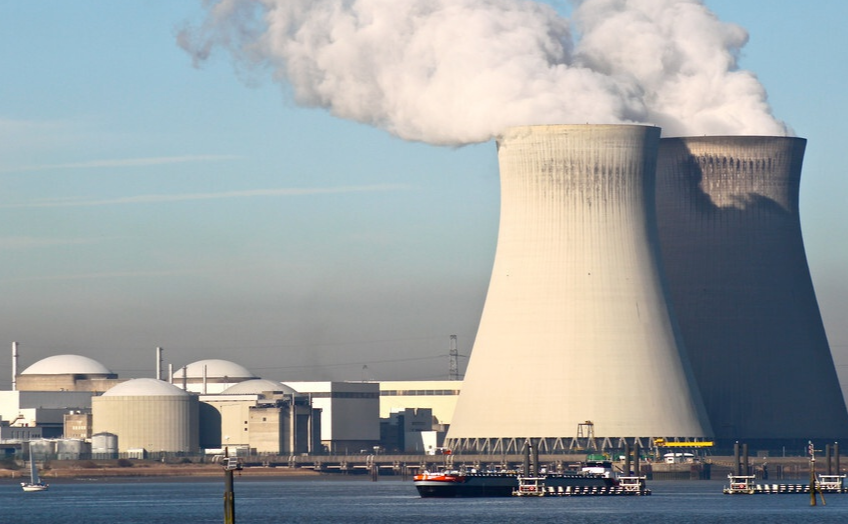
(2) The imperfect relevant legal system is not enough to support the development of new nuclear energy industry
All types of projects at all stages of nuclear energy development have the characteristics of large capital investment, long construction cycle, and long preparatory work. From universal suffrage to preliminary feasibility study, feasibility study, approval and construction, it often takes several years, and dozens of government supporting documents need to be obtained. Although the nuclear energy industry practitioners after years of experience and running-in, has initially formed a set of experience and methods, and better applied in the nuclear energy industry practice. However, from the completion of the nuclear power planning goals at the end of the "13th Five-Year Plan", there are still phenomena such as failure to fully adapt to the overall development requirements of energy and electricity in the new era, so that the planning goals can not be fully realized (the "13th Five-Year Plan" nuclear power installed capacity target achieved 96%, only about 40% of the installed capacity target achieved). In the field of new nuclear energy industries other than nuclear power, such as the comprehensive utilization of nuclear energy, due to the lack of a perfect and guiding relevant standard system, the development of the industry is slow, and even there is an upside down problem between nuclear energy projects and energy use units in the progress target, that is, "when nuclear energy is needed, it cannot be reached" and "nuclear energy projects can only be built after the regional energy demand shrinks."
(3) There is an urgent need for breakthrough thinking and new types of research in response to major changes in development
With the implementation and promotion of the "two-carbon" strategic goal, nuclear power will benefit from the advantages of clean and low-carbon in the short term, but with the development of other clean energy technologies, the low-carbon advantages of nuclear energy in the past will be weakened or even gradually disappear, and the conventional power system and conventional energy system facing the external will gradually transform into a new power system, a new energy system and its higher safety and efficiency requirements. Therefore, the simple rolling development model of power projects in the past and the pursuit of stable output as the base load of the grid will be comprehensively challenged and face more problems. How to timely and effectively adjust the thinking mode and demands of China's nuclear energy development, adapt to and promote nuclear energy to become an organic part of the new power system, especially the new energy system or an important cornerstone, explore the formation of a new model of development with a high proportion of new energy and even integrated development, and the front and back end capacity building brought about by the positive, safe and orderly development of nuclear energy, etc. It should become an important direction of future nuclear energy research and development, so as to help the nuclear energy industry adapt to the increasing scale of development and the requirements of new development situations.
Fourth, countermeasures and suggestions for the high-quality development of China's nuclear energy industry under the goal of "dual carbon"
(1) Improve the legal system and expand the role and positioning of nuclear energy in China's future energy system
In the future, China's nuclear energy development should be fully combined with the development trend of energy supply and economic security needs and other research results, and further improve the relevant laws and regulations system, not only to ease the sustainable development of nuclear power and early development of various aspects of the pressure, but also actively expand the role and positioning of nuclear energy in the future of China's energy system. The nuclear power industry can, through effective ways such as "steady development of the existing scale and orderly growth of the subsequent scale", make nuclear power an important basic support for China's new power system, so as to play a more important role in helping the power system cope with extreme climate challenges and ensure the safe supply of electricity. On the basis of actively realizing the safe and stable operation of existing nuclear power units, through the construction of a number of comprehensive utilization of nuclear energy projects or technological transformation, gradually promote the expansion and diversification of the allocation of nuclear energy development resources, so as to promote nuclear energy to play a more important role in the new energy system.
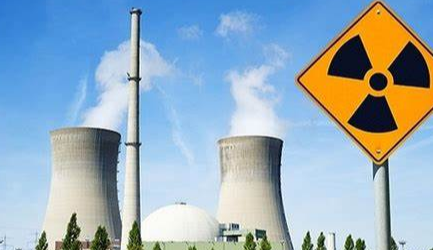
(2) Continue to consolidate the advantages of nuclear energy in the fields of safe, efficient and innovative energy
With the more widespread application of clean energy in the future, the safe, efficient and innovative requirements of nuclear energy in addition to clean and low-carbon will be further strengthened. The nuclear energy industry should always be soberly aware that "nuclear safety is the lifeline of the nuclear energy industry", "efficiency is the survival line of the nuclear energy industry" and "innovation is the development line of the nuclear energy industry". In the future development of China's nuclear energy, we will adopt a variety of effective targeted policies, measures or activities to consolidate the safety, efficiency and innovation achievements achieved in the field of nuclear energy, and further develop and improve in new fields such as the construction and comprehensive utilization of future nuclear power projects. In the future, such as nuclear power network security, information data security, digital collaboration with a high proportion of new energy, and intelligent matching with the development of external new power systems can be taken as industry-specific activities to ensure that the safety, efficiency and innovation of nuclear energy can be continuously guaranteed in the future inherent nuclear power field and the expanded technical application field.
Safety, as the lifeline of the nuclear energy industry, should be given priority in the development of the whole industry. The nuclear energy industry should always take nuclear safety as an important work to carry out comprehensive control, through comprehensive supervision to find possible safety problems, potential risks, signs of loosening of safety culture, etc., and carry out regular universal and irregular special safety activities. At the same time, we will actively study and explore new ideas and methods for public publicity, improve and strengthen the acceptance of nuclear energy by the public, and establish the image of nuclear energy in the public's mind as a safe, efficient and innovative development.
(3) Improve the economics of nuclear power in the future to cope with reforms such as the marketization of energy and electricity
With the deepening of China's energy and electricity market reform and the maturity of the national "carbon market" in the future, the nuclear energy industry will inevitably face competition with other forms of low-carbon energy. At present, China's nuclear power development has gradually completed the comprehensive transformation and upgrading to the third generation technology, and the relevant construction costs will gradually highlight the technical and economic advantages of the third generation technology and its scale effect after the substantial increase. The future nuclear power units may need to carry out peak load and purchase services to adapt to the new power system, which will also have an impact on the economy of nuclear power. On the basis of ensuring the safety, efficiency and innovation of nuclear energy, the nuclear energy industry needs to fully improve its economy to cope with the market-oriented reform of energy and electricity. For example, by improving the price composition of nuclear power and optimizing the design of nuclear power to reduce the cost of nuclear power (Nuclear energy industry association proposed "the construction price of third-generation nuclear power plants in mass construction is about 15,000 yuan /kW, and the on-grid electricity price is about 0.40 yuan /kWh", To achieve sustainable development of the industry through orderly growth of the scale of subsequent nuclear power construction, to actively expand the application of nuclear energy based on comprehensive cost advantages to achieve the development of nuclear energy in a broader energy field rather than limiting the competition in the power field, and to steadily and orderly improve the market competitiveness of nuclear energy and its share in the energy and power system. Establish and consolidate the important strategic position of nuclear energy in stabilizing the price of clean and low-carbon energy and even the cost of energy use in the whole society.
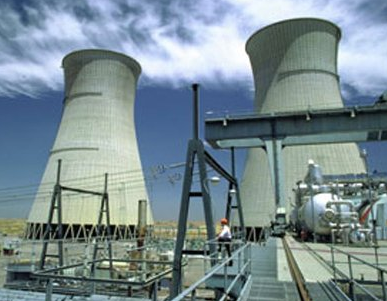
(4) Promote the sustainable innovation and development of nuclear energy through the successful experience of scientific and technological projects
Driven by major national projects and key scientific research projects, China's nuclear energy industry actively absorbs the world's advanced nuclear energy technology and independently achieved a series of advanced research results, and built the world's first AP1000 third-generation nuclear power unit and the world's first "Hualong One" independent third-generation nuclear power unit. The international leading high-temperature gas cooled reactor nuclear power demonstration project and the first commercial fast reactor demonstration project in China are under construction. In the future, China's nuclear energy development should actively summarize the successful experience of past development, and continue to promote scientific and technological innovation in the field of nuclear energy and its industry around the "dual carbon" goal, such as special research on the recycling and utilization of related equipment and materials for nuclear power plants, new models of integrated energy development, new energy-saving and efficiency processes and equipment (and localization), etc. Or for existing nuclear power plants and future nuclear power plants to carry out the overall Internet of things design and even smart nuclear power plant design, some major directions should also gather the strength of the whole industry to establish a national comprehensive innovation research and development center. In short, by assisting the innovative development of both the energy supply side and the consumption side, the implementation of the "dual carbon" strategic goals is achieved.
V. Concluding remarks
Under the guidance of the "double carbon" strategic goal, the transformation of China's energy industry will mainly be carried out from three aspects: energy structure adjustment, energy efficiency utilization and energy "carbon sink" project. As an energy variety with clean and low-carbon characteristics, nuclear energy should focus on promoting energy structure adjustment and energy efficiency utilization to help China achieve "two construction" and high-quality development of energy and power industry.
- EMERSON
- Honeywell
- CTI
- Rolls-Royce
- General Electric
- Woodward
- Yaskawa
- xYCOM
- Motorola
- Siemens
- Rockwell
- ABB
- B&R
- HIMA
- Construction site
- electricity
- Automobile market
- PLC
- DCS
- Motor drivers
- VSD
- Implications
- cement
- CO2
- CEM
- methane
- Artificial intelligence
- Titanic
- Solar energy
- Hydrogen fuel cell
- Hydrogen and fuel cells
- Hydrogen and oxygen fuel cells
- tyre
- Chemical fiber
- dynamo
- corpuscle
- Pulp and paper
- printing
- fossil
- FANUC
- Food and beverage
- Life science
- Sewage treatment
- Personal care
- electricity
- boats
- infrastructure
- Automobile industry
- metallurgy
- Nuclear power generation
- Geothermal power generation
- Water and wastewater
- Infrastructure construction
- Mine hazard
- steel
- papermaking
- Natural gas industry
- Infrastructure construction
- Power and energy
- Rubber and plastic
- Renewable energy
- pharmacy
- mining
- Plastic industry
- Schneider
- Kongsberg
- NI
- Wind energy
- International petroleum
- International new energy network
- gas
- WATLOW
- ProSoft
- SEW
- wind
- ADVANCED
- Reliance
- YOKOGAWA
- TRICONEX
- FOXBORO
- METSO
- MAN
- Advantest
- ADVANCED
- ALSTOM
- Control Wave
- AB
- AMAT
- STUDER
- KONGSBERG
- MOTOROLA
- DANAHER MOTION
- Bently
- Galil
- EATON
- MOLEX
- Triconex
- DEIF
- B&W
- ZYGO
- Aerotech
- DANFOSS
- KOLLMORGEN
- Beijer
- Endress+Hauser
- MOOG
- KB
- Moxa
- Rexroth
- YAMAHA
- Johnson
- Westinghouse
- WAGO
- TOSHIBA
- TEKTRONIX


Email:wang@kongjiangauto.com




















































































































